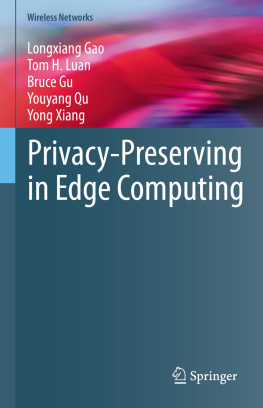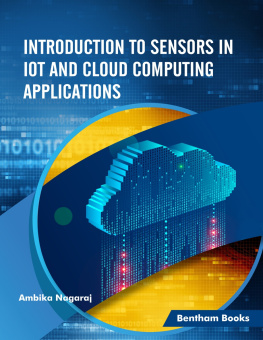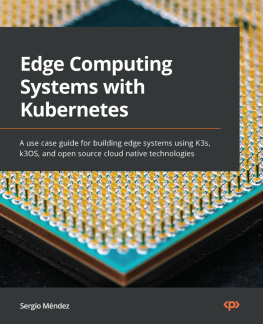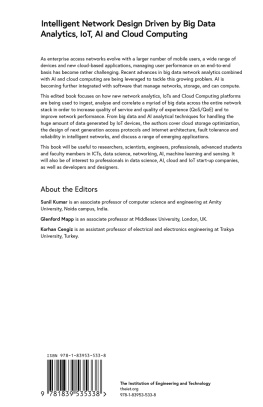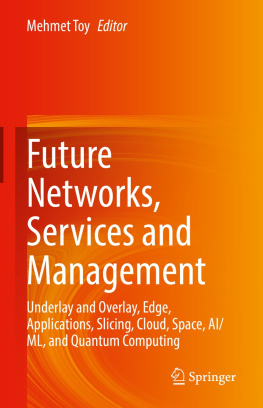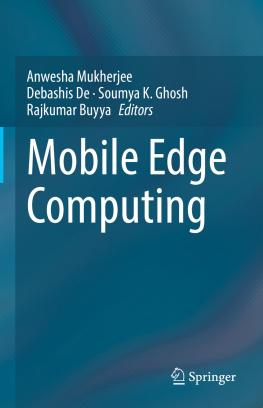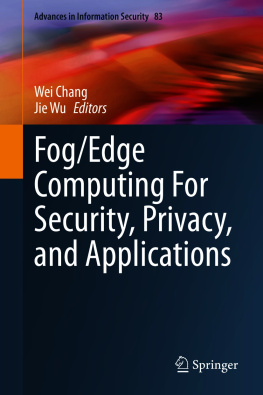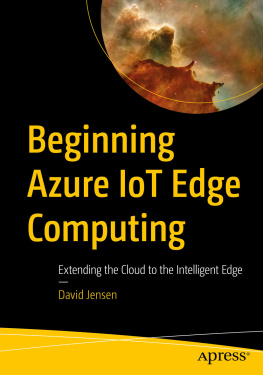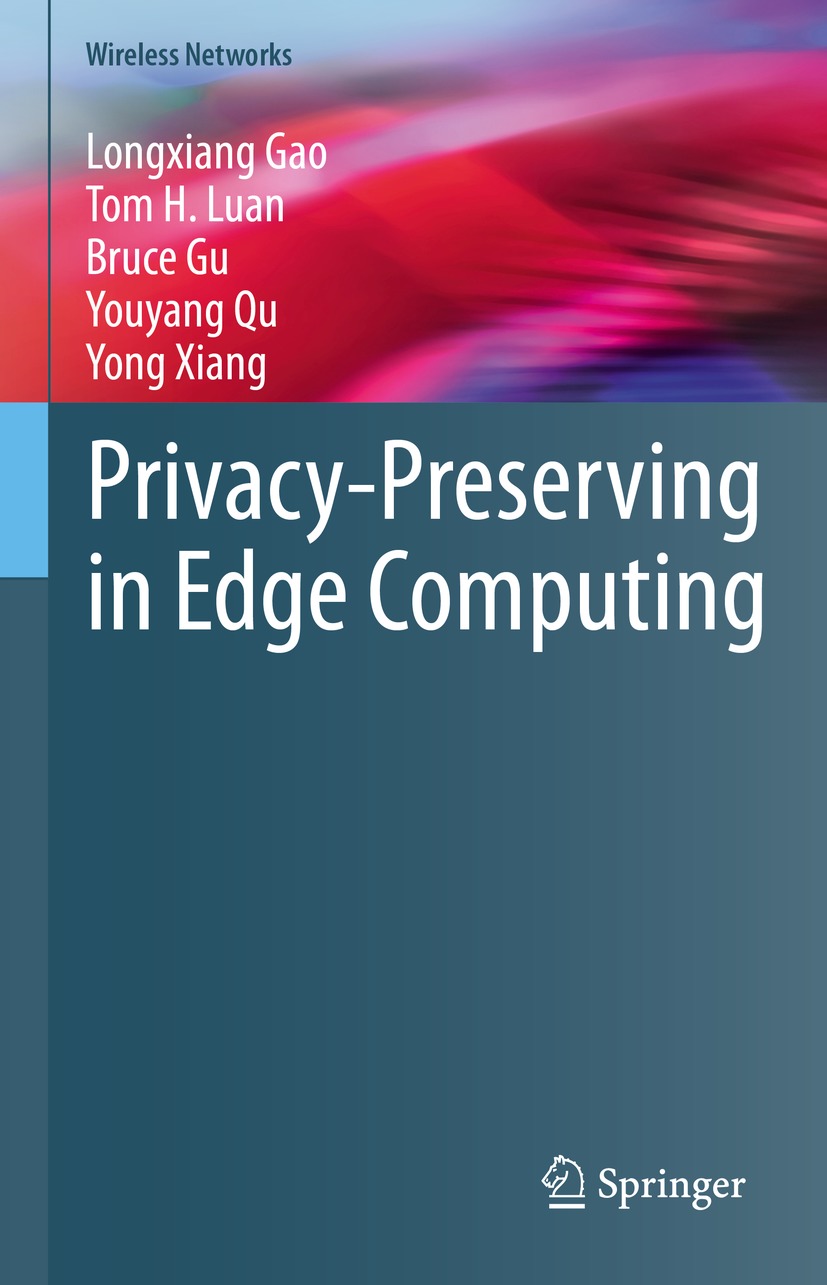Longxiang Gao - Privacy-Preserving in Edge Computing (Wireless Networks)
Here you can read online Longxiang Gao - Privacy-Preserving in Edge Computing (Wireless Networks) full text of the book (entire story) in english for free. Download pdf and epub, get meaning, cover and reviews about this ebook. year: 2021, publisher: Springer, genre: Computer. Description of the work, (preface) as well as reviews are available. Best literature library LitArk.com created for fans of good reading and offers a wide selection of genres:
Romance novel
Science fiction
Adventure
Detective
Science
History
Home and family
Prose
Art
Politics
Computer
Non-fiction
Religion
Business
Children
Humor
Choose a favorite category and find really read worthwhile books. Enjoy immersion in the world of imagination, feel the emotions of the characters or learn something new for yourself, make an fascinating discovery.
- Book:Privacy-Preserving in Edge Computing (Wireless Networks)
- Author:
- Publisher:Springer
- Genre:
- Year:2021
- Rating:4 / 5
- Favourites:Add to favourites
- Your mark:
Privacy-Preserving in Edge Computing (Wireless Networks): summary, description and annotation
We offer to read an annotation, description, summary or preface (depends on what the author of the book "Privacy-Preserving in Edge Computing (Wireless Networks)" wrote himself). If you haven't found the necessary information about the book — write in the comments, we will try to find it.
With the rapid development of big data, it is necessary to transfer the massive data generated by end devices to the cloud under the traditional cloud computing model. However, the delays caused by massive data transmission no longer meet the requirements of various real-time mobile services. Therefore, the emergence of edge computing has been recently developed as a new computing paradigm that can collect and process data at the edge of the network, which brings significant convenience to solving problems such as delay, bandwidth, and off-loading in the traditional cloud computing paradigm. By extending the functions of the cloud to the edge of the network, edge computing provides effective data access control, computation, processing and storage for end devices. Furthermore, edge computing optimizes the seamless connection from the cloud to devices, which is considered the foundation for realizing the interconnection of everything. However, due to the open features of edge computing, such as content awareness, real-time computing and parallel processing, the existing problems of privacy in the edge computing environment have become more prominent. The access to multiple categories and large numbers of devices in edge computing also creates new privacy issues.
In this book, we discuss on the research background and current research process of privacy protection in edge computing. In the first chapter, the state-of-the-art research of edge computing are reviewed. The second chapter discusses the data privacy issue and attack models in edge computing. Three categories of privacy preserving schemes will be further introduced in the following chapters. Chapter three introduces the context-aware privacy preserving scheme. Chapter four further introduces a location-aware differential privacy preserving scheme. Chapter five presents a new blockchain based decentralized privacy preserving in edge computing. Chapter six summarize this monograph and propose future research directions.
In summary, this book introduces the following techniques in edge computing: 1) describe an MDP-based privacy-preserving model to solve context-aware data privacy in the hierarchical edge computing paradigm; 2) describe a SDN based clustering methods to solve the location-aware privacy problems in edge computing; 3) describe a novel blockchain based decentralized privacy-preserving scheme in edge computing. These techniques enable the rapid development of privacy-preserving in edge computing.
Longxiang Gao: author's other books
Who wrote Privacy-Preserving in Edge Computing (Wireless Networks)? Find out the surname, the name of the author of the book and a list of all author's works by series.

